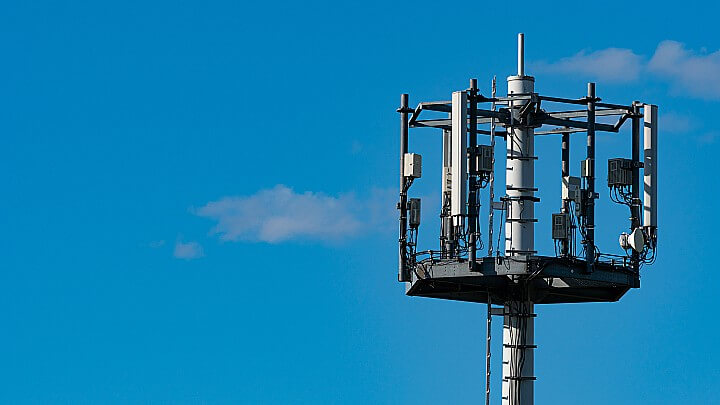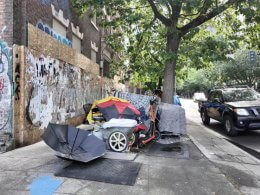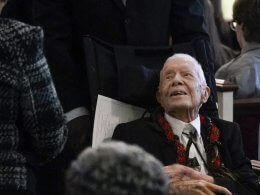The U.S. Border Patrol plans to place hundreds of surveillance towers along the U.S.-Mexico border to boost security, according to a recently released map indicating the location of the towers.
The map, published this month by the Electronic Frontier Foundation (EFF), pinpoints the location of more than 300 existing surveillance towers and an additional 50 proposed towers that create a “virtual wall” from California to Texas. Dozens of other surveillance towers will be added at the Canadian border as well.
The new addition of the proposed towers is concentrated near the El Paso port of entry, to help curb undocumented immigration. Additionally, the U.S. Customs and Border Protection (CBP) plans to add a surveillance tower at the top of Mount Kuchamaa, a sacred mountain in California, according to EFF.
EFF, which is a non-profit focused on digital privacy, free speech, and innovation, was able to locate the towers through document requests, interviews with ranchers in the area, site visits, and satellite imagery, according to the organization’s director of the organization, Dave Mass. However, the map does not include every tower that has been built or is planned.
The towers, developed by the tech defense company Aduril, use Artificial Intelligence to detect “objects of interest” up to 1.7 miles (2.8 kilometers) away 24/7. If a suspicious human or vehicle is detected, the towers notify border patrol agents.
The CBP has previously described the towers as “a partner that never sleeps, never needs to take a coffee break, never even blinks.”
“This being completely autonomous and completely automatic, scanning 24-7. We don’t need an agent staying in this area. We can have the user, an operator at a command center receiving this information and providing the image and the geographical coordinates to our agents that we can increase the percent or the success rate of that encounter with the migrants,” said Border Patrol spokesperson Orlando Marrero.
The surveillance towers are being used by the CBP to monitor and deter undocumented immigration and smuggling operations across the U.S.-Mexico border along with other technologies, such as license plate readers, drones, ground sensors, and biometrics collection.
Related Story: House Democrats Boycott Committee Trip to Inspect Border Crisis










